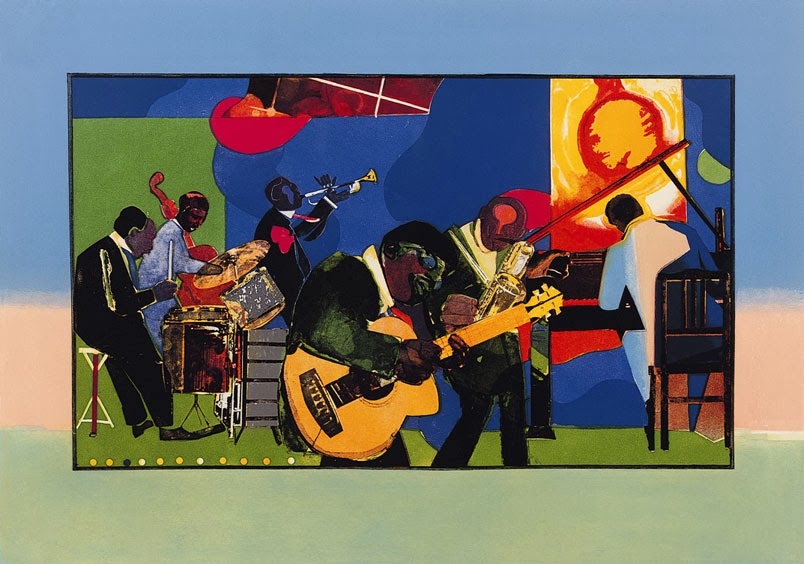We've explored the color wheel in class and how it is a way of organizing colors.
You can use the color wheel to help you remember how to mix colors but what other ways can you use the color wheel?
You can also use the color wheel to put colors together in groups called color schemes.
Remember complementary colors? These are colors found across from one another on the color wheel.
Blue-Violet and Yellow-orange are complementary colors. Complementary colors often aren't "matching" colors. They fight for attention when placed next to one another and make each other look brighter and more colorful. You can also mix complementary colors to make neutrals or different types of browns.
We can also take the color wheel and divide it into warm and cool colors. Where do you think are the warm colors on this color wheel? Where do you think are the cool colors?
Warm colors remind us of warm things such as fire, lightbulbs, or hot stoves and include red, red-orange, orange, yellow-orange and yellow. Red-violet and yellow-green sometimes can be considered warm but sometimes they are cool colors too.
Warm colors tend to pop out at us and make objects look like they are in the front of the picture.
Where do you see warm colors in the Van Gogh painting below? Why did Van Gogh use the warm colors there and not in the background?
Cool colors remind us of cool things like ice, water, or shade and include blue, blue-green, violet, blue-violet and sometimes red-violet or yellow-green.
Cool colors tend to give a feeling of calmness to a work of art. Cool colors also tend to make objects or areas recede or go back to the background in a painting.
Why did Van Gogh use cool colors in the background in the painting above? Where is your eye go to first in the painting and want to stay? What if he had used only warm colors in the background too? How would this have changed the painting?
Read the next post about monochromatic colors!!!




.JPG)
.PNG)















